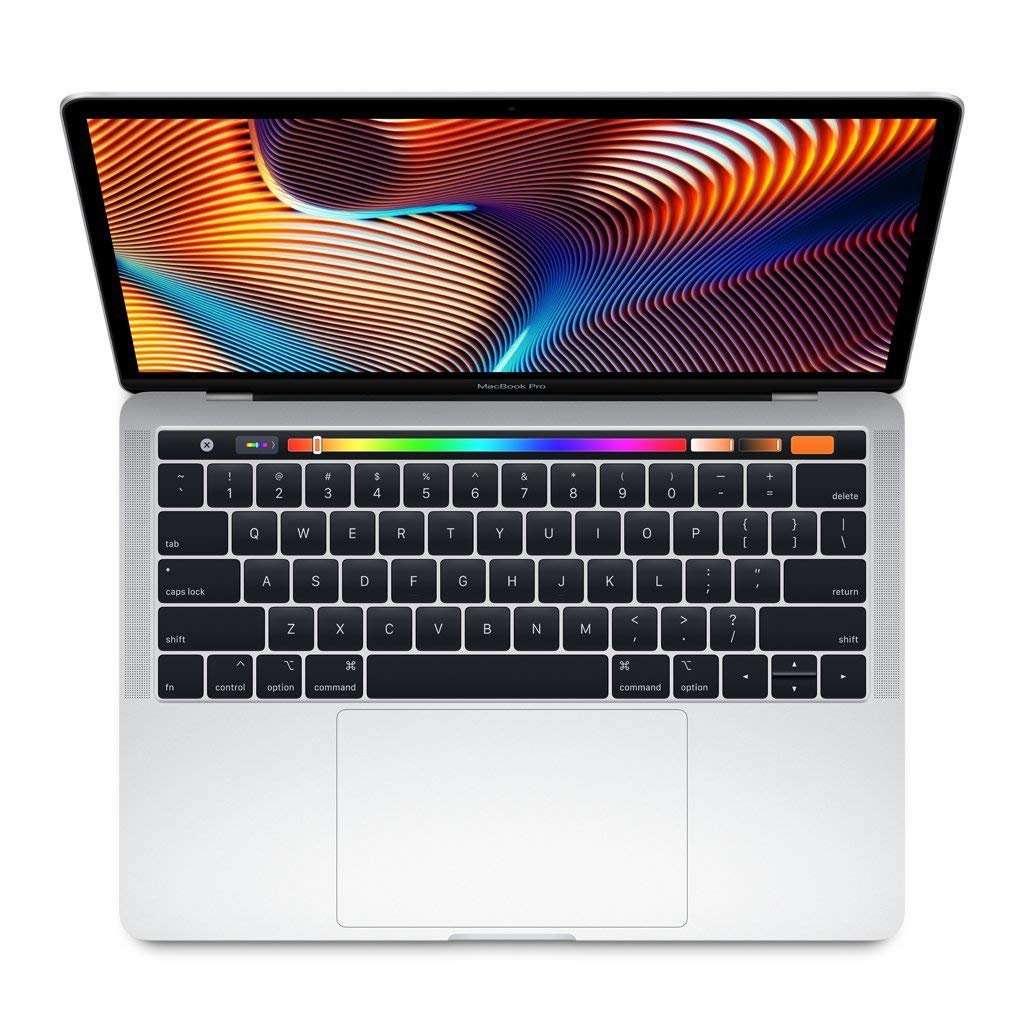After receiving raving reviews, it seems that Apple has found an actual fix to its terrible keyboards on the new MacBook Pro 16-inch. But paying $2,400 to be able to type reliably may be a bit too much for all of us. Thank god we now know that the Cupertino company may update its $1,400 MacBook Pro 13 during the “second quarter of 2020.”
Yesterday, a new report claimed that a renewed 13-inch MacBook Pro may go on sale during the first half of 2020. The compact laptop will allegedly incorporate the 16-inch MacBook Pro’s new scissor switch keyboard design.
The source of this unconfirmed news — which lists the keyboard suppliers in Taiwan — is a DigiTimes report. And although that publication has a spotty track record, there has been another rumor pointing in the same direction by a reliable source. The always spot-on Ming-Chi Kuo said earlier this month that Apple may update the keyboards in all its MacBooks in the “second quarter of 2020.”
Knowing that the latest MacBook Pro 13 update was in July 2019 and the previous one came in May, we can guess the updated model will drop sometime in between those two dates. And that, my friends, would be inexcusable.
The fact is that Apple’s laptop keyboards are not good. Perhaps the worst in the industry, with bad tactile feedback, keys that stick, letters that repeat themselves, and continuous technical problems that forced Apple to admit the troubles and extend the MacBook’s keyboards guarantee. If you buy any MacBook Pro other than the new and wildly expensive 16-inch model, you are in for a world of typing pain. Of course, you can hold your purchase until sometime in the second quarter of the 2020 — but people can’t always hold purchases. People will keep buying the non-16-inch MacBook Pros and having a sub-par typing experience.
Which is surprising because one, Apple’s MacBook Pros are expensive. No matter how you look at it, even the entry-level 13-inch model is $1,400 which is quite insane compared to the Windows-based competition. And two, it’s even more surprising after Tim Cook had to publicly apologize for the continuous glaring hardware and software quality assurance screw-ups and vow to improve the situation.
Is this how you improve the situation? By allowing your user base to buy a sub-par typing experience at a premium price? That’s not how you do things if you are seriously concerned about giving people the best experience. Instead, what you do is remove the sub-par keyboards and put resources into releasing an updated machine right away. Not continue to milk current users knowing that your latest update “fix“ needs a extended warranty and doesn’t actually fix anything — as Basecamp‘s CTO highlighted in this post titled “The MacBook keyboard fiasco is way worse than Apple thinks”.
The fact that Apple keeps selling these machines knowing that they still don't work properly, as David Heinemeier Hansson pointed out in that post, is especially offensive when you look back the timeline of this clusterfrack:
Apple introduced the crappy butterfly keyboards in March 2015 — which instantly led to user complains.
Apple tried to fix it in a second-generation in October 2016, but the complaints only continued as Apple continued to ignore users.
Then, in May 2018, a Change.org petition asked Apple to recall all MacBook Pros with butterfly keyboards and, that same month, a class-action lawsuit was filed.
In June 2018 Apple tried to finally appease users by offering an extended free replacement program which still didn’t fix the situation but offered a band-aid to an obvious faulty design problem.
In July 2018 Apple introduced a third revision of the butterfly keyboard, claiming that this was the good one.
But, as we discovered on April 2019, the Basecamp chief technology officer claimed that almost half of the company MacBook Pros with third-generation keyboards were reportedly failing.
This month, Apple finally fixed the problem by dropping a keyboard mechanism that was faulty by design. The MacBook Pro 16’s new “Magic Keyboard” — which uses the same scissor mechanism as Apple’s desktop keyboards — works beautifully. Alas, having to spend $2,400 to type reliably on a MacBook Pro seems pretty nuts. Especially when we can expect this new MacBook Pro 13 to have a similar price tag to the current $1,300 crappyboard model.
And yet, Apple keeps selling computers with third-generation butterfly keyboards, knowing that about half of them may eventually fail, making people lose their work computer for a week or whatever it takes to have it serviced — with another keyboard that may fail again.
Mr. Cook, this is not how you fix your companies‘ QA problems. This only shows a complete disregard to users who pay top dollar for your products. It’s time to change things for real and I’m afraid that includes stop selling laptops with badly designed keyboards until you can launch the good ones.

DMChang on November 19th, 2019 at 13:23 UTC »
I always picture Jony Ive in the design department at Apple looking over the engineers specs of a new machine and each time he slams his hand on the desk and shouts “THINNER” and these poor engineers have to work out some ridiculous, expensive and horrible solution to simply make it smaller.
The truth of the “magic keyboard” to me is that it’s basically an admission that the old keyboard style was fine, and I’m infinitely frustrated but not surprised that Apple have framed it as a brand new innovation rather than just backtracking because they can’t admit they got it wrong.
mspoonygp on November 19th, 2019 at 13:11 UTC »
Apple won't admit that the Magic keyboard is a "fix" for butterfly. But it is.
idenkov on November 19th, 2019 at 13:06 UTC »
Because people are buying them.